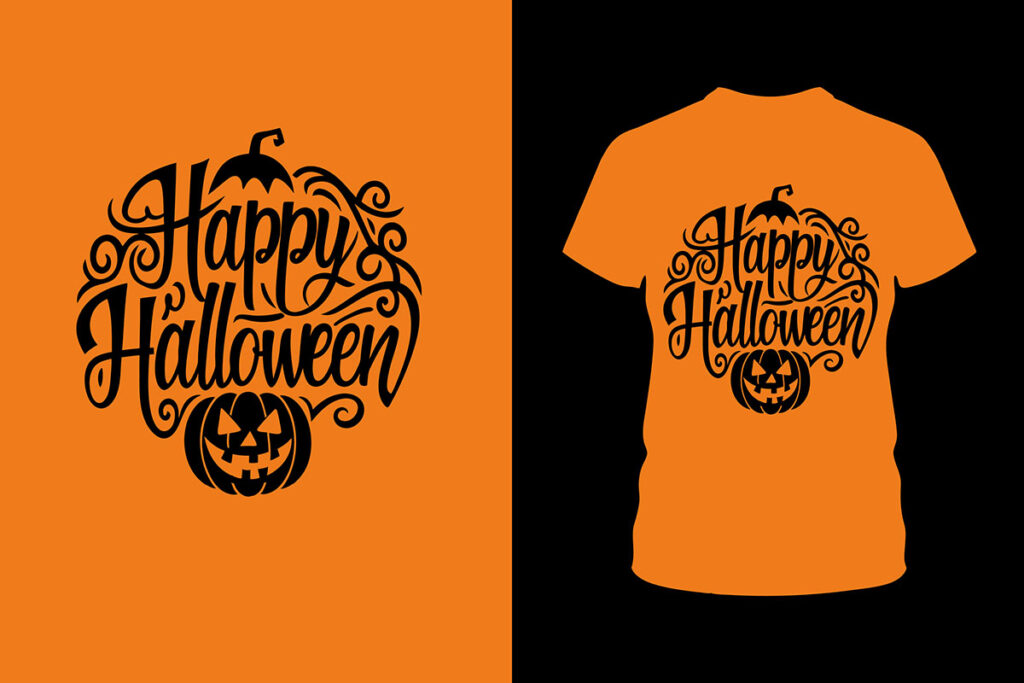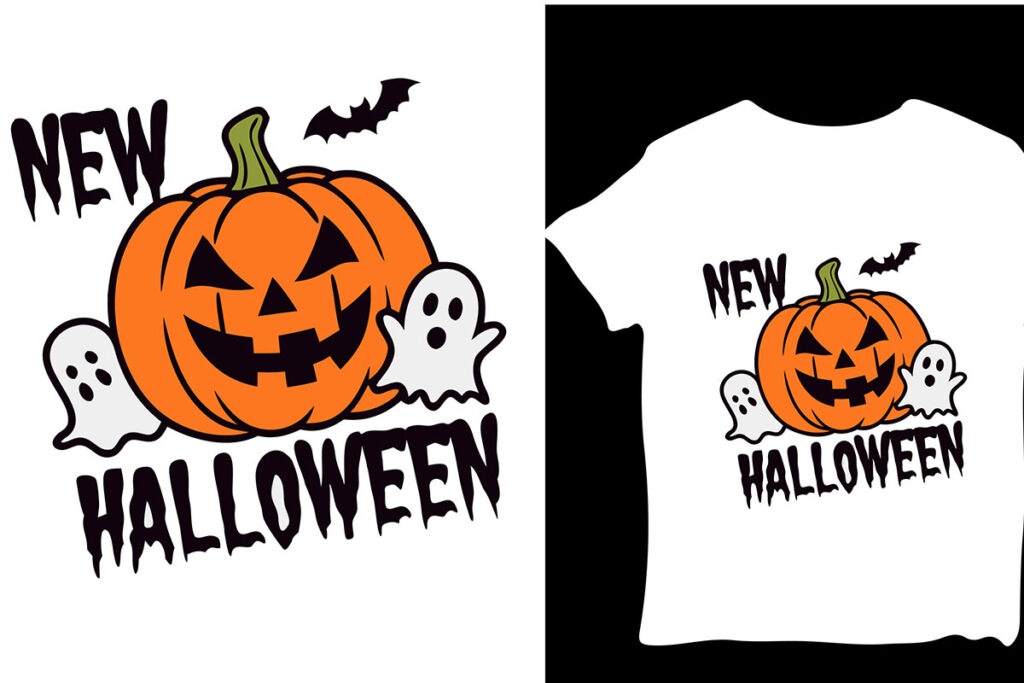DTF transfers, short for Direct-to-Film transfers, are revolutionizing the way we achieve high-quality prints in the world of custom apparel and design. This innovative printing technique allows for impeccable, flawless prints that showcase vibrant colors and intricate detailing on a variety of fabrics. As businesses and artists alike seek to elevate their creations, understanding effective DTF printing techniques becomes paramount for anyone passionate about print quality DTF. By incorporating the right equipment, materials, and techniques, you can harness the power of DTF transfers to create unique designs that capture attention. Dive into the essentials, and discover how to achieve stunning results with high-quality DTF prints that will elevate your printing game to new heights.
When exploring the realm of DTF printing, it’s essential to recognize it as part of a broader category of direct-to-film printing solutions. This method stands out due to its ability to transfer complex images onto fabric efficiently, offering a level of detail and color vibrancy that traditional methods struggle to match. Using high-quality transfer films and specially formulated inks, this process ensures long-lasting durability and striking visuals. Whether referred to as direct-to-film or simply DTF prints, mastering these techniques is crucial for achieving remarkable print quality across any project or customization. Engaging with advanced printing methods can greatly enhance your artistic output, making it an exciting area to explore.
The Importance of Printer Quality in DTF Transfers
When it comes to DTF transfers, selecting the right printer is paramount for achieving flawless prints. A high-resolution inkjet printer specifically designed for DTF printing not only enhances the vibrancy of colors but also improves the clarity of intricate designs. Ensuring that your printer is equipped with features such as adjustable DPI settings can significantly impact the final output, allowing for details to stand out. Without a quality printer, all other efforts in the DTF process become less effective.
Moreover, proper printer settings must be adjusted to the specific needs of DTF printing. Utilizing settings labeled ‘high’ or ‘best’ will guarantee that you’re getting the best possible ink saturation, which is crucial for creating stunning visual effects. Investing time in fine-tuning printer configurations can lead to substantial improvements in the print quality DTF, ensuring that your designs come out precisely as envisioned.
Choosing the Right Film for High-Quality DTF Prints
Film selection is a key factor that directly influences the durability and vibrancy of your DTF prints. High-quality PET films are widely regarded as the best choice for DTF printing, as they offer excellent bonding properties with various inks. The right film not only complements the type of ink used but also enhances the visual appeal and longevity of the final product. By using superior films, you can avoid issues such as peeling or fading, which are detrimental to the quality of your designs.
Additionally, it’s important to ensure compatibility between your selected film and the printer. Different printers may require specific types of films to achieve optimal transfer results. By researching films that work best with your equipment, you can significantly improve the likelihood of producing high-quality DTF prints that withstand the test of time.
Inks and Adhesives: The Foundation of DTF Printing
The materials you use in DTF printing, particularly inks and adhesives, are essential to achieving high-quality results. Eco-solvent inks are the preferred choice due to their excellent adhesion properties and vibrant color output. These inks not only allow for a more vivid display of colors but also contribute to the flexibility of prints, which is vital when printing on a variety of fabrics. Choosing the right ink could be the difference between a print that lasts or one that fades prematurely.
In addition to ink, the choice of adhesive is crucial for ensuring that your prints bond effectively with fabrics. High-quality adhesives anchor the print securely to the material, increasing its durability and preventing peeling or cracking. Investing in appropriate adhesives tailored for DTF printing will complement your printing process, allowing for prints that look professional and withstand regular wear.
Heat Curing: The Key to Durability in DTF Transfers
The curing process after applying DTF transfers is not just a step—it’s a critical phase for ensuring the longevity of the print. Based on industry standards, the ideal temperature for curing is around 320°F, accompanied by appropriate pressure settings to enhance adhesion. Allowing the transfer to cool before removing the backing paper is essential for achieving a flawless finish. This meticulous approach to the curing process can significantly elevate the durability of your DTF prints.
Further, paying attention to fabric types during the curing process will help in selecting the right approach for each material. For example, heavier fabrics may require different heat settings than lighter ones to ensure an optimal bond. Understanding these nuances will not only improve the quality of your prints but also expand the range of materials you can confidently work with.
Pre-Printing Preparation for Optimal DTF Results
Preparation prior to printing is one of the best strategies for achieving high-quality DTF prints. Ensuring that the fabric is clean and free from any residues is vital for proper ink adhesion. A pre-wash can eliminate dirt and oils that could otherwise interfere with the printing process. Additionally, applying slight heat to the fabric before placing your transfer can enhance the effectiveness of the DTF printing techniques.
By incorporating these steps into your pre-printing routine, you create an optimal environment for vibrant and sharp prints. This initial careful preparation not only contributes to the overall quality of the prints but also simplifies the printing process, resulting in fewer errors and a more efficient workflow.
Final Thoughts for Achieving Flawless DTF Prints
To conclude, mastering DTF transfers requires an understanding of various factors, from printer selection to post-printing procedures. Each element plays a vital role in ensuring that the end product meets high standards of quality and appeal. Staying updated with the latest techniques in DTF printing, alongside constant practice, can lead to remarkable improvements in your printing projects.
Whether you are printing for personal use or professional purposes, implementing these strategies will enhance your capabilities and lead to stunning results. The journey into the world of DTF transfers can open up new creative avenues, turning your ideas into eye-catching and enduring designs that resonate with your audience.
Frequently Asked Questions
What are DTF transfers and how do they work?
DTF transfers, or Direct-to-Film transfers, are a printing method that allows for the application of vibrant, full-color images onto fabrics. The process involves printing special inks onto a transfer film, which is then applied to the desired material using heat and pressure, resulting in high-quality DTF prints that boast excellent durability and resolution.
How can I achieve flawless prints with DTF printing techniques?
To achieve flawless prints with DTF printing techniques, ensure you use a high-resolution inkjet printer with optimal settings, select high-quality PET transfer films, utilize eco-solvent inks for rich colors, and follow strict curing processes. Proper pre-treatment of fabrics is also essential for enhancing print quality.
What are the essential materials needed for high-quality DTF prints?
High-quality DTF prints require several essential materials, including a high-resolution printer tailored for DTF, quality PET transfer films, eco-solvent inks, and suitable adhesives. Additionally, employing a proper heat press for curing plays a vital role in achieving excellent print results.
What printer settings should I use for optimal DTF printing results?
For optimal DTF printing results, set your printer to ‘high’ or ‘best’ quality mode. This adjustment is crucial for maximizing color saturation and detail in your prints. Ensure your printer is compatible with DTF printing techniques to avoid common issues.
Why is the curing process important in direct-to-film printing?
The curing process is crucial in direct-to-film printing because it determines how well the print adheres to the fabric. Proper temperature and pressure settings during this phase ensure durability and longevity of the print, preventing peeling or fading over time.
What tips can help ensure consistency in print quality using DTF transfers?
To ensure consistency in print quality with DTF transfers, start by printing samples on similar fabrics to identify any potential issues. Also, maintain a clean workspace and keep your printer in optimal condition. Pre-treating fabrics properly enhances adhesion and results in cleaner, sharper prints.
| Key Point | Details |
|---|---|
| Understanding DTF Transfers | DTF printing utilizes a transfer process that allows for high-resolution, colorful images on fabrics. |
| Printer Quality and Settings | Use a high-resolution inkjet printer adjusted to optimal settings to achieve better color saturation and details. |
| Film Selection | Choosing high-quality PET films is essential for durability and ensuring the print’s vibrancy. |
| Inks and Adhesives | Eco-solvent inks are recommended for their vibrant color output and flexibility, paired with suitable adhesives for longevity. |
| Curing Process | The curing phase requires the right heat settings and allowing the transfer to cool before peeling for optimal results. |
| Pre-Printing Preparation | Pre-treating the fabric, washing it, and applying mild heat improves adhesion and print quality. |
| Additional Tips for DTF Success | Test prints on similar fabrics help in troubleshooting; maintaining a clean workspace enhances print quality. |
Summary
DTF transfers represent a cutting-edge avenue in the world of printing, allowing for intricate designs and vibrant colors that set your projects apart. By investing in quality materials, including a high-resolution printer and premium transfer films, you can consistently achieve stunning results. Moreover, understanding the entire process—from pre-printing fabric preparation to the nuances of curing—is essential for flawless outputs. With these insights, you can elevate your printing endeavors and cater to the high standards of your clientele. Embracing DTF transfers not only enhances your creative projects but also positions you well within the competitive printing industry.



